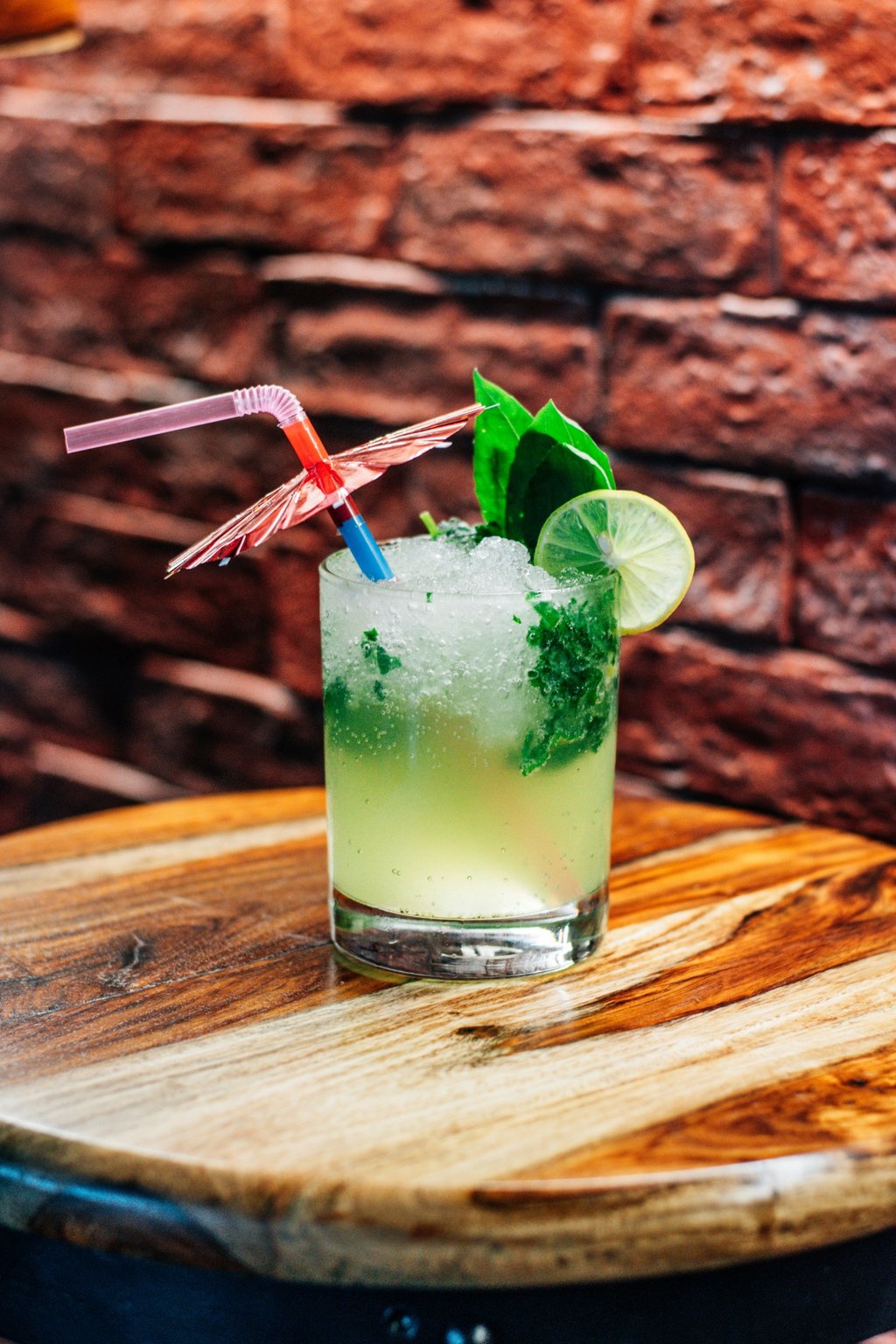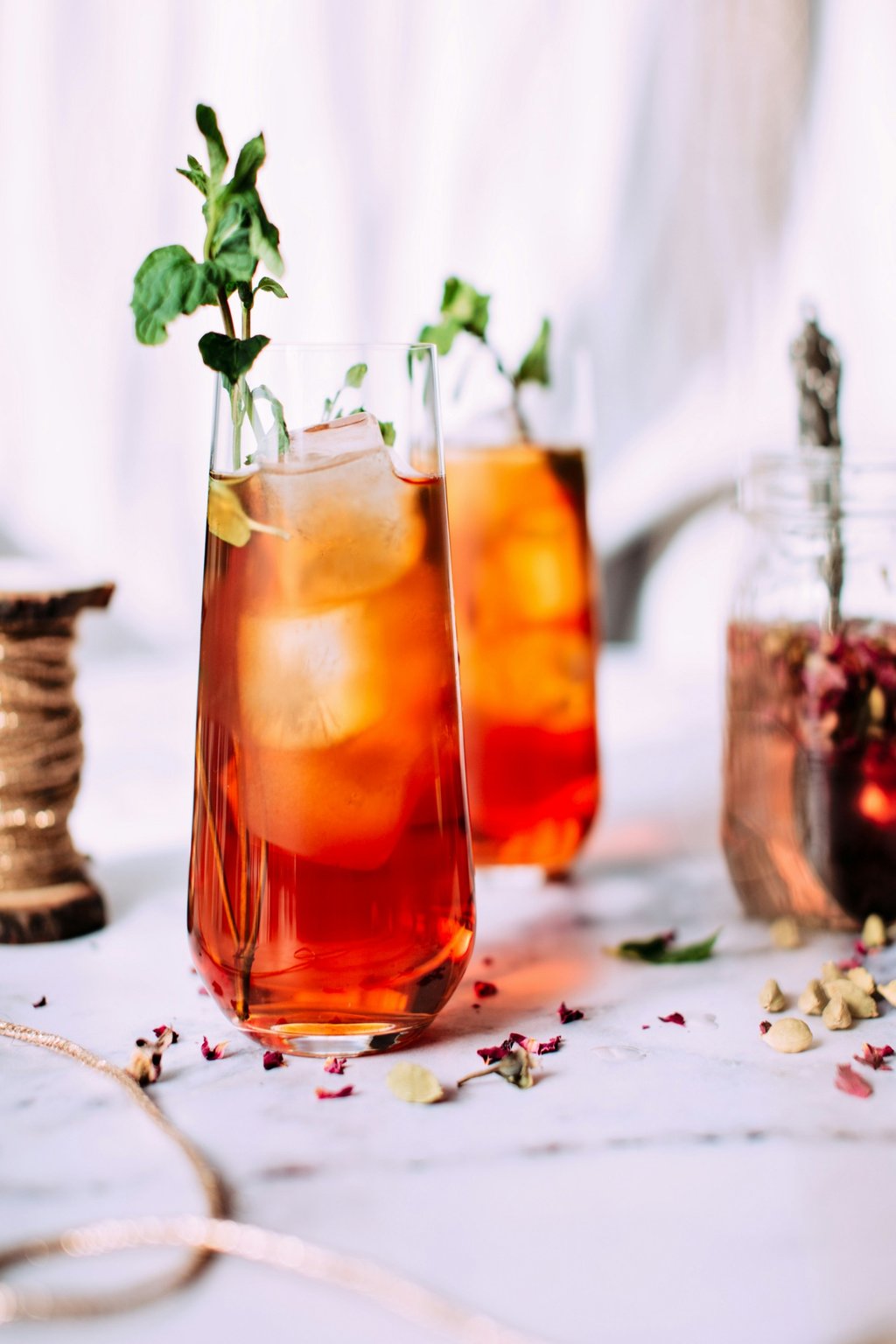Mocktail vs. Cocktail: 10 Surprising Differences You Need to Know

Mocktail vs. Cocktail: What’s the Real Difference?
When it comes to mixed beverages, the terms “cocktail” and “mocktail” are both commonly used, but they’re not interchangeable. This blog dives deep into ten key differences, exploring how ingredients, flavor, purpose, culture, and technique all diverge between these two drink formats. Whether you’re choosing a classy drink or staying alcohol-free, understanding these differences ensures you sip smarter and more intentionally.

1. Alcohol Content: The Fundamental Divide
The most obvious distinction between a cocktail and a mocktail is alcohol. A cocktail always contains spirits. whether vodka, gin, rum, or whiskey, while a mocktail is deliberately alcohol-free.
But this difference goes beyond ingredients. Alcohol imparts warmth and a slight numbness elements missing in mocktails. As such, mocktails don’t carry the same intoxicating effects and are ideal for maintaining clarity and control.
While cocktails celebrate the spirit’s presence, mocktails celebrate creativity with non-alcoholic alternatives. Still, they’re often held to an unfair standard. some see them as lacking. But as non-alcoholic spirits evolve, mocktails are gaining depth and recognition as sophisticated beverages.
2. Flavor Complexity: Spirit vs Creativity
Cocktails derive complexity from layering flavors over a base spirit. Think bitters, infused syrups, and fresh citrus perfectly balanced with alcohol.
Mocktails, while lacking alcohol, compensate by combining juices, herbs, tea, shrubs, and zero-proof spirits, striving for depth without intoxication. They’re increasingly inventive, featuring unique botanicals and flavor play that let them stand on their own merits.
Ultimately, while a cocktail’s complexity emanates from the spirit base, mocktails showcase innovation with non-alcoholic ingredients and both can deliver deeply satisfying taste experiences.
3. Naming & Perception: How Words Matter
The word “mocktail” implies imitation of a cocktail, which can carry derogatory undertones, like something less than authentic. Some prefer “non-alcoholic cocktail,” a more inclusive, forward-thinking term that gives due respect to the drink’s complexity and craftsmanship.
On the other hand, the term “virgin cocktail” typically refers to classic cocktails minus the spirit. This differs from mocktails, which may be wholly original creations not based on any alcoholic equivalent.
Naming reflects attitude: mocktails deserve respect and intentional design, not merely being viewed as secondary substitutes.
4. Audience & Occasions: Who and When?
Cocktails have historically been linked to adult social events, bars, nights out, formal celebrations. Age restrictions apply due to alcohol content.
Mocktails, without alcohol, are suitable for all ages and settings, family gatherings, wellness events, or sober-curious individuals attending parties. Their inclusivity broadens the audience.
This versatility explains the rise of mocktails in inclusive settings, parent-friendly venues, cultural contexts, or spaces where alcohol isn’t permitted.
5. Health & Behavior: Effects Vary Widely
Alcoholic cocktails can impair decision-making, induce tiredness, and come with risks like addiction or hangovers. Mocktails, by contrast, eliminate these downsides.
However, mocktails can be deceptively unhealthy if heavy in syrups, juices, or sweeteners resulting in elevated sugar and calorie counts similar to high-calorie cocktails.
Smart mixology using fresh juices, bitters, vinegars, and non-alcoholic botanicals can yield balanced mocktails that deliver flavor without the health trade-offs.

6. Customization: A Spectrum of Flexibility
If you want to remix your drink, mocktails offer unsurpassed flexibility. You can swap juices, adjust sweetness, and experiment with texture without upsetting an alcohol-based balance.
Cocktails, however, require careful balance; changing a spirit can alter flavor structure, leading to imbalance unless thoughtfully adjusted.
Thus, mocktails are great for experimentation, while cocktails demand precision and understanding of balance to achieve the desired taste.
7. Cultural & Legal Context: Inclusive by Design
In some cultures or regions, alcohol consumption is restricted or frowned upon for religious or legal reasons. Mocktails flourish in these environments, offering sophisticated beverage options without crossing cultural boundaries.
Dubai, for example, is witnessing a boom in mocktail menus that rival cocktail craftsmanship, due to its diverse cultural mix and regulatory environment.
Mocktails become not just alternatives, but essential for inclusive hospitality and cultural sensitivity.
8. Price & Availability: Cost Differences
Cocktails require spirits, which are expensive ingredients, making the drink pricier. Mocktails, generally based on juices and syrups, tend to cost less, unless using premium non-alcoholic spirits.
In venues, mocktails are often more accessible in settings where alcohol is limited or excluded. Their cost-effectiveness broadens appeal to casual or budget-conscious guests.
That said, high-end mocktails with zero-proof spirits can approach cocktail price points based on flavor, presentation, and complexity.
9. Creating Mocktails with Depth
Mocktails aren’t just alcohol-free; they can be structured and balanced. Mimicking the elements of sweet, sour, bitter, and texture through syrups, fresh citrus, bitters, tea, vinegars, and carbonation creates drinks as satisfying as cocktails.
The key lies in building flavor complexity and depth through techniques like infusions, bitters, and shrubs. These make mocktails nuanced rather than flat or overly sweet.
Mixologists are increasingly treating mocktails as their own category designed, engineered, and perfected to evoke sensation without alcohol.
10. Presentation & Experience
Finally, visual presentation matters. Craft mocktails served in elegant glassware, with thoughtful garnish, can feel just as luxurious as cocktails. Julie Reiner emphasizes that non-drinkers “deserve to feel fancy too.”
Good mocktails think through aesthetic and sensory experience not just flavor, but look and mood. A lemon twist, edible flower, or vibrant hue can add theatrical flair.
With thoughtful presentation, mocktails become emblematic of hospitality and elevate the entire beverage experience.
Final Thought
At a glance, cocktails and mocktails differ by alcohol, but deeper down, they represent distinct philosophies. Cocktails offer spirit-forward complexity. Mocktails offer inclusive creativity, balancing flavor with intention.
Whether you’re indulging or abstaining, both deserve respect and both offer meaningful, memorable experiences when crafted with care and imagination.
